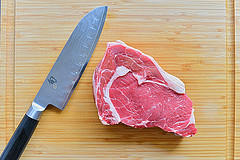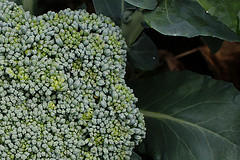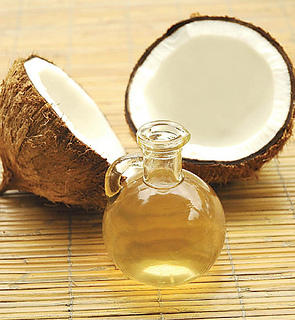Cross-contamination in the kitchen occurs when you use the same tools and cutting boards to prepare things like raw meat or eggs that you use to prepare fresh produce or cooked foods, contaminating the food you eat with the bacteria from these raw items. To avoid cross-contamination, follow these safety tips.
- It starts at the grocery store. Although cross-contamination is usually thought of in the kitchen, it can also happen before you even get your foods home. When shopping at the grocery store, be sure to package raw meats tightly in plastic and put them in a separate bag from other groceries. Also make sure that your carton of eggs doesn’t contain any broken eggs that could leak on other foods.
- Use separate cutting boards. One of the most important ways to prevent food poisoning from cross-contamination is by using different cutting boards for meat and other items. Properly label each board, and never cut fresh vegetables, fruits, or breads on the cutting board that you use for meat or eggs. Also, clean your meat cutting board thoroughly and replace it often.
- Cook safely. When cooking, never use the same tools to flip raw chicken that you use to stir-fry vegetables, as this can spread bacteria from the raw meat. Throw away any marinades that meat was once soaking in, and always serve cooked foods on a clean, new plate.
Safe Food Handling: What You Need to Know [FDA]
Separate To Keep Food Safe [Home Food Safety]
Cutting Board Safety [Home Food Safety]





 Equal Housing Opportunity
Equal Housing Opportunity